A Client Case Study
Dr. John’s framework for greater success and happiness at work and at home – The 4 Pillars of Relationships:
- Relationship to Self
- Relationship to Others
- Relationship to Work
- Relationship to Something Larger Than Self
“I live in a prison. I am a slave to my family and my work.”
Client of Dr. John’s during his initial session
A former client of mine, “Bob Inglewood,” came to me and said, “I live in a prison. I am a slave to my family and my work.” Bob is 51 years old, married with two sons — one in college and one in high school. At our first meeting, it was clear he had lost his passion for life. When I spoke to him about a positive future, he didn’t have one. He was simply going through the motions — irritable and resigned. Bob and his wife bickered frequently. She was “not attracted” to him anymore. At work, he was successful and knew what was expected of him. Although, at this point in his career, he was more feared than respected by his coworkers. At home, he was in the way, struggled with communication, suffocating in his marriage, and losing the respect of his sons.
Bob continued, “Years of burying myself in my work have led me to become disconnected from my wife. On a good day, we are polite to one another. I sacrificed everything to provide for my family. Now I’m losing them because of my sacrifice. What do I do? It’s been a long slow process of bloodletting — drip, drip, drip. My life is so normal now, and, by that, I mean f*cking boring. How did we wind up here? If you looked at us, THEN, and look at us now,….sheesh! When we first started dating, we’d never scream at each other. We had sex all the time. We never went days without speaking. We weren’t this pissed off and hurt. Now we just get on each other’s nerves…all the time. We have become so hardened with petty hurts and slights and exhaustion that we just don’t fit together anymore. What should I do?”
“I’m lonely, even when my wife is around. I’m sad and lonely if I’m being honest. I want to feel loved, appreciated, admired. I miss my wife — the way it used to be.”
“Bob Inglewood”
“Years of burying myself in my work have led me to become disconnected from my wife. I sacrificed everything to provide for my family. Now I’m losing them because of my sacrifice.”
Client of Dr. John’s
This is where Bob was at when I met him. Over the course of two months, I taught Bob scientifically proven tools to improve his relationships with himself, his wife, his sons, and his employees. Below is the framework which I use to guide our work. In the three columns, there is past, present and future. This simple framework adds a row of positive and negative to each of them. For a more detailed break down of the areas and skills, read on below.
Introductory Framework For Relationship to Self
“The first step is awareness of where your mind is trying to go with you. Without awareness, you are at the mercy of false thoughts, destructive core beliefs and emotionally fueled interpretations.”
-Dr. John
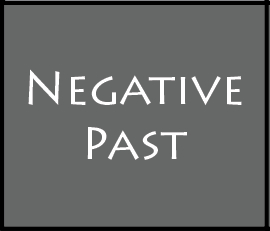
1. Negative Past – The more we dwell in past negative events, the more we succumb to depressive moods. Minimize time spent stewing over past mistakes and the injustices done to you to allow yourself more time and energy focusing on the present and future.
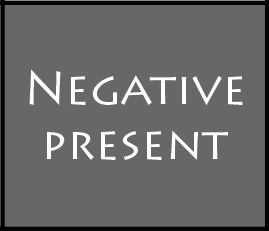
2. Negative Present – This is defined as a pessimistic interpretation of your current situation. Pessimism is closely linked to depression and anxiety. What’s more, successful businesspeople are most often optimists (the exception, of course, is attorneys where the most pessimistic are the most successful).
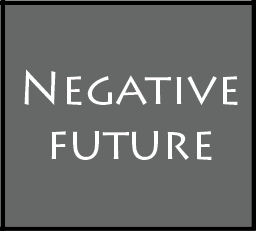
3. Negative Future – This is the area of stress, worry, anxiety and dread. Studies show that 85% of our worries have far more positive outcomes than we anticipate. Worry is a misuse of imagination. Train your mind to spend less time here with Dr. John.
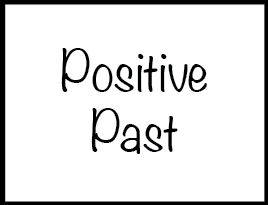
4. Positive Past – Train your mind to focus on your highlight reel for a helpful mood and energy boost – when you need it.
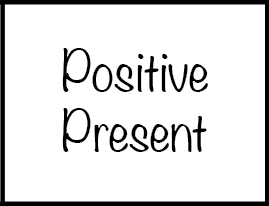
5. Positive Present – This is defined as the learnable skill of realistic optimism – a hallmark of happy, fulfilled, successful people.
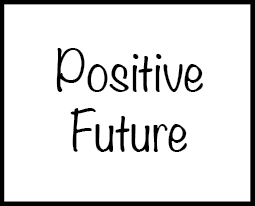
6. Positive Future – The real magic starts and ends here – with the Best Future You exercise. What you can dream, you can achieve.
Bob’s Outcome?
Over the course of two months, Bob learned how to motivate others positively rather than negatively. He learned how to master his own mind — thoughts and emotions. We developed a plan for a positive future so he had goals and a vision to look forward to — both personally and professionally. He learned about forgiveness as the way to let go of past hurts and disappointments. He learned about passion, positive emotions, and awareness. He became more realistically optimistic, and as a result less pessimistic, depressive and irritable. Now he no longer is at the mercy of his irritability, stress, or anxiety. He is happier at home and at work. He enjoys life again. He is confident and content.
